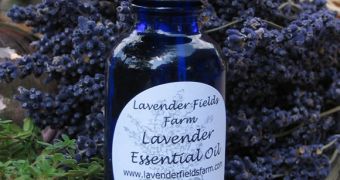Males can develop a rare condition named gynecomastia, when their breasts grow.
But this happens during puberty or immediately after.
However, recently, three young boys were signaled whose breast tissue grew after exposure to lotions and shampoos containing lavender or tea tree oil. The most unusual was that the boys were aged 4, 7 and 10.
The natural oils contained "gender-bending" compounds mimicking the effects of estrogen, the female hormone, as the scientific investigation showed. The boys were clinically normal, and the breast tissue receded after months of cutting off the use of the oils.
The research team that tracked the oils as the factor provoking the abnormalities in the three pre-pubertal boys warned parents and doctors about the effects of any toiletry products with these oils in their composition. "If consumers are concerned about exposure to lavender or tea tree oil, they should talk to their physicians," said Derek Henley of the US National Institute of Health Sciences labs in Research Triangle Park, North Carolina, US and head of the team which identified the oils as the probable cause in three affected boys. "Now that physicians are aware of the problem, they can document cases," he added.
"These are definitely the first substances to show a combination of estrogen mimicry and anti-androgenic activity," says Henley. "This report raises an issue of concern, since lavender oil and tea tree oil are sold over-the-counter in their 'pure' form and are present in an increasing number of commercial products, including shampoos, hair gels, soaps and body lotions," the researchers warn.
Despite this initial discovery, the overall effects of the oils are still completely unknown. "It's not fair to speculate on what the effects might be in girls, older women or older men," he says.
The researchers suspect a threshold dose in the feminization of boys, and the three ones were indeed exposed to the oils regularly for weeks. The threshold must be linked to the concentration of oil in the product, the duration and frequency of use, and individual hereditary factors that render certain individuals more prone to the harmful effects.

 14 DAY TRIAL //
14 DAY TRIAL //